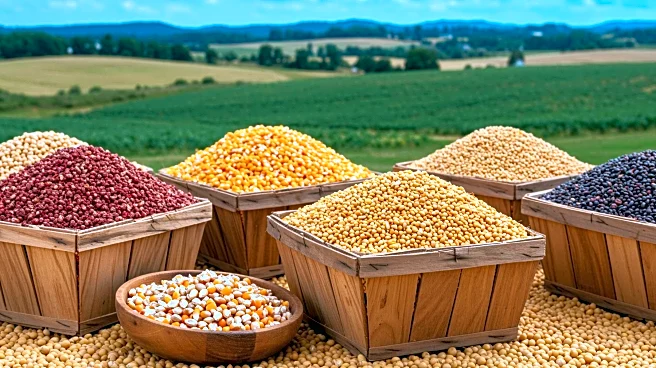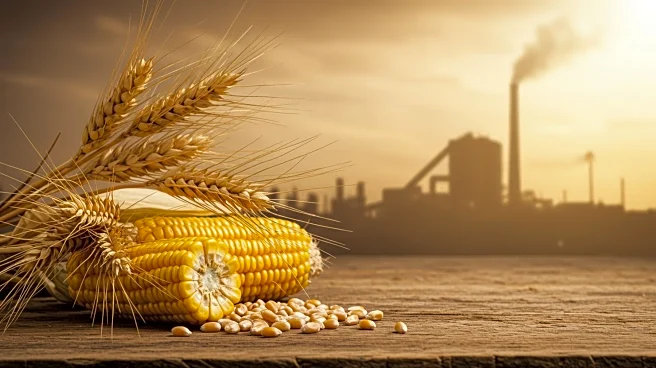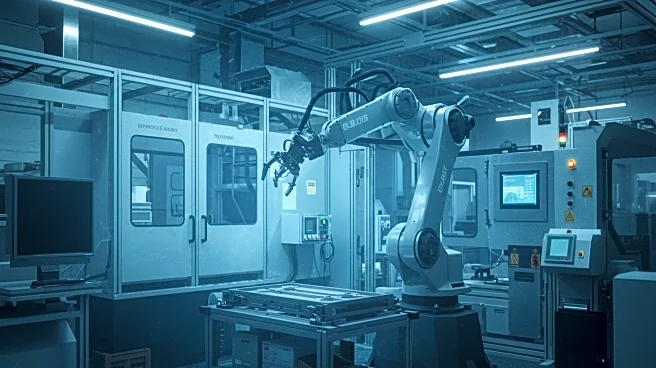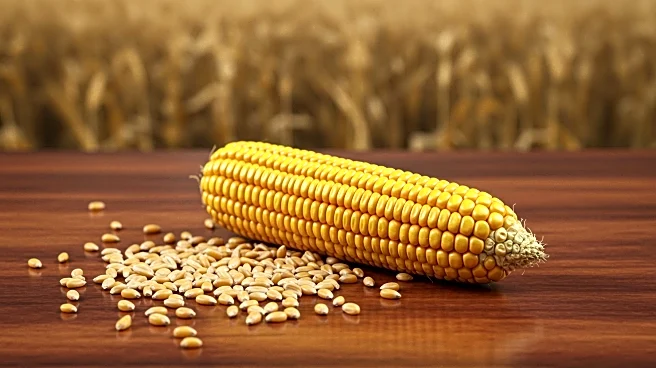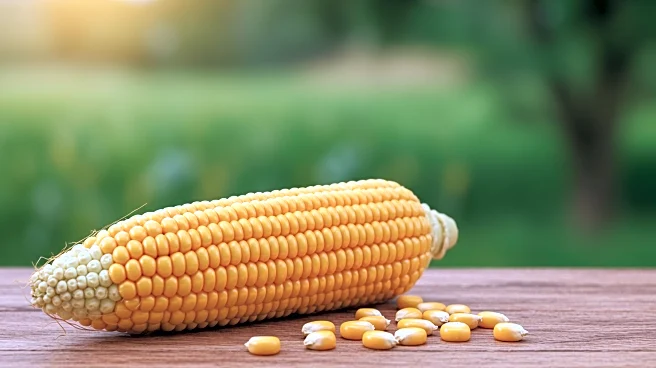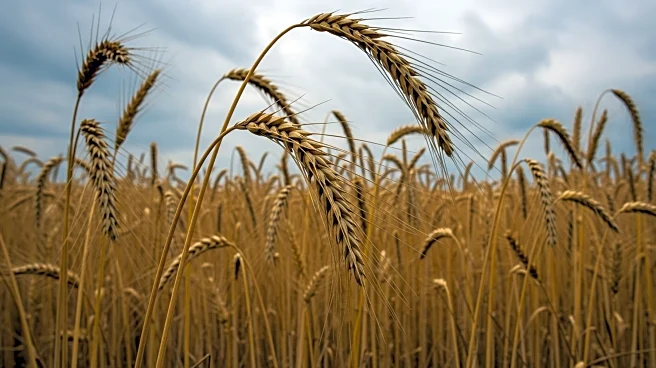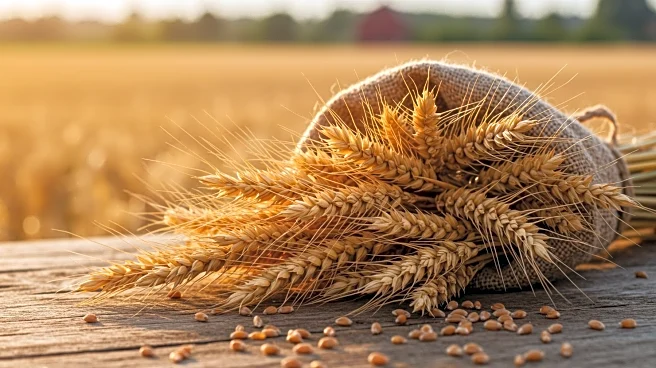Rapid Read • 8 min read
The United States Department of Agriculture (USDA) has reported a year-over-year decline in commercial red meat production, with significant decreases in both beef and pork output. In July, the total commercial meat output was 4.36 billion pounds, marking a 4% decrease from the same month in the previous year. Beef production specifically fell by 4% to 2.18 billion pounds, with a 7% reduction in cattle slaughter to 2.54 million head. Despite this, live weights increased by 30 pounds to 1,410 pounds. Pork production also saw a 4% decline, dropping to 2.16 billion pounds, with hog slaughter down by 4% to 10.3 million head. Veal production experienced a dramatic 37% decrease, while lamb and mutton output fell by 2%. Overall, commercial red meat production for the first seven months of the year was down 2% compared to the previous year, with beef output decreasing by 3% and pork production by 1%.
AD
The decline in commercial meat production has significant implications for the U.S. meat industry, affecting both producers and consumers. Reduced output can lead to higher prices for beef and pork, impacting consumer purchasing power and potentially altering consumption patterns. For producers, the decrease in production may result in financial strain, particularly for those reliant on beef and pork markets. The reduction in slaughter numbers suggests potential challenges in livestock supply chains, possibly due to factors such as feed costs, labor shortages, or disease outbreaks. This trend could also influence export markets, as the U.S. is a major supplier of meat products globally. The overall decrease in meat production may prompt industry stakeholders to explore alternative protein sources or adjust production strategies to mitigate the impact.
The USDA's report may lead to increased scrutiny and analysis from industry stakeholders, including producers, retailers, and policymakers. Producers might need to assess their operations to address the factors contributing to the decline in production. Retailers could face pressure to manage pricing strategies to balance supply constraints with consumer demand. Policymakers may consider interventions or support measures to stabilize the meat industry, particularly if the trend continues. Additionally, there may be a push towards innovation in meat production, such as lab-grown or plant-based alternatives, to diversify supply and meet consumer needs.
AD
More Stories You Might Enjoy
